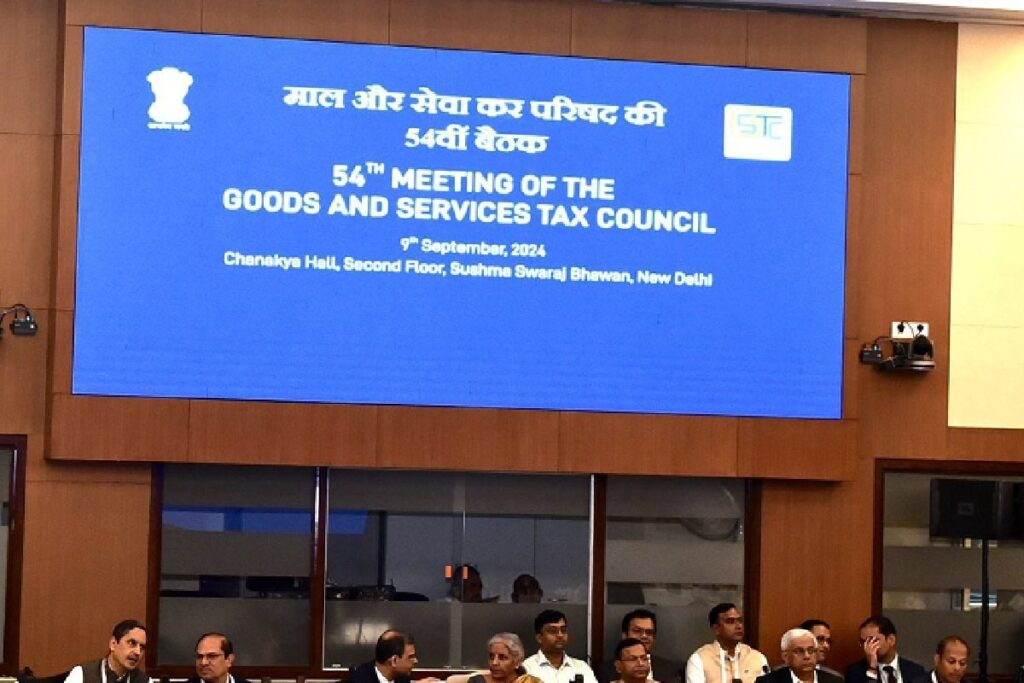
Introduction to Goods and Services Tax
The Goods and Services Tax (GST) is a critical component of Canada’s tax structure, serving as a value-added tax on the sale of goods and services. Implemented in 1991, it has become essential for funding public services and infrastructure across the country. Understanding GST is crucial for both consumers and businesses due to its implications on pricing and tax obligations.
Current Rates and Changes
The GST rate currently sits at 5%, applicable on most goods and services sold in Canada. There are additional provincial sales taxes in some provinces, such as the harmonized sales tax (HST), which combines the provincial sales tax and GST into one unified rate. In recent policy discussions, there have been calls for adjustments to these rates amidst rising economic pressures and inflation. The government’s balancing act involves ensuring public funding while also providing relief to consumers.
Impact on Businesses
For businesses, particularly small and medium enterprises (SMEs), the GST can be a significant burden. Companies must register for GST if their taxable revenues exceed $30,000. Registered businesses can claim input tax credits to recover the GST they pay on business purchases, which helps ease the tax’s impact on their operational costs. However, compliance with GST regulations requires careful bookkeeping and can be resource-intensive.
Recent Developments and Future Outlook
In a bid to streamline the GST system, the Canada Revenue Agency (CRA) has been updating digital filing and reporting processes as part of its modernization effort. This includes implementing better tools for businesses to manage their GST obligations online. Forecasts indicate that the ongoing evolution of digital commerce will further complicate GST regulations, necessitating a closer examination of how online sales are taxed. As e-commerce grows, adaptations to the GST framework will likely continue to evolve.
Conclusion
The GST in Canada plays a vital role in the economic landscape, directly influencing consumer prices and business operations. With ongoing discussions surrounding tax reform, it’s essential for both individuals and businesses to stay informed about potential changes that could affect their financial commitments. As Canada navigates economic challenges, adjustments to the GST may be on the horizon, underscoring the importance of vigilance in tax compliance and strategic financial planning.



